
Dubrovnik
The Pearl of the Adriatic
With its rock-ribbed coasts, shimmering stone streets and vivid waters, there is something mysterious and exotic about Dubrovnik. You truly feel as though you have travelled back in time with its ancient stone town and Renaissance palaces. If you are a romantic strolling through the town at night, you feel as though you have been absorbed into a Van Gogh painting. The stone-paved streets are surrounded with cafés that feature white tents in front of them and are lit up by warm yellow lighting at night. A couple of chairs and tables are placed under the starry dark blue sky… it is as if you have been transported into the infamous café terrace found in Van Gogh’s painting.
 Dubrovnik, once a powerful city in the southern Adriatic, is now named as a world heritage site for its beauty and culture. Its landscape is covered with historical red roofs. Beyond these preserved old roofs that have overcome a difficult history lies the vast blue Adriatic. In the Middle Ages, known as the Republic of Ragusa by the Venetians, Dubrovnik became the only Adriatic city to rival Venice. Particularly during the 15th and 16th centuries, the city achieved a high level of development. Because of its strategic location within the trade route, Dubrovnik was everyone’s object of desire. Instead of being under the Venetians’ rule, Dubrovnik chose to pay taxes to the Ottoman Empire and became a major trading point between the Ottoman Empire and Europe. Being enemies with the Venetians at that time, the Ottomans called Dubrovnik “Dobrovenedik,” which means “Good Venice.” Even today, with its artful architectural beauty apparent throughout the Old Town, its wealth inherited from the old days is impossible to be overlooked. The Old Town is a remarkably well-preserved example of a late-medieval walled city. It protected its residents against the attacks of pirates and cannon balls in the distant past and warplanes in the more recent past—the Walls of Dubrovnik are deeply cherished by its residents. They know that its history will continue to protect them, regardless of which century they are living in.
Dubrovnik, once a powerful city in the southern Adriatic, is now named as a world heritage site for its beauty and culture. Its landscape is covered with historical red roofs. Beyond these preserved old roofs that have overcome a difficult history lies the vast blue Adriatic. In the Middle Ages, known as the Republic of Ragusa by the Venetians, Dubrovnik became the only Adriatic city to rival Venice. Particularly during the 15th and 16th centuries, the city achieved a high level of development. Because of its strategic location within the trade route, Dubrovnik was everyone’s object of desire. Instead of being under the Venetians’ rule, Dubrovnik chose to pay taxes to the Ottoman Empire and became a major trading point between the Ottoman Empire and Europe. Being enemies with the Venetians at that time, the Ottomans called Dubrovnik “Dobrovenedik,” which means “Good Venice.” Even today, with its artful architectural beauty apparent throughout the Old Town, its wealth inherited from the old days is impossible to be overlooked. The Old Town is a remarkably well-preserved example of a late-medieval walled city. It protected its residents against the attacks of pirates and cannon balls in the distant past and warplanes in the more recent past—the Walls of Dubrovnik are deeply cherished by its residents. They know that its history will continue to protect them, regardless of which century they are living in.
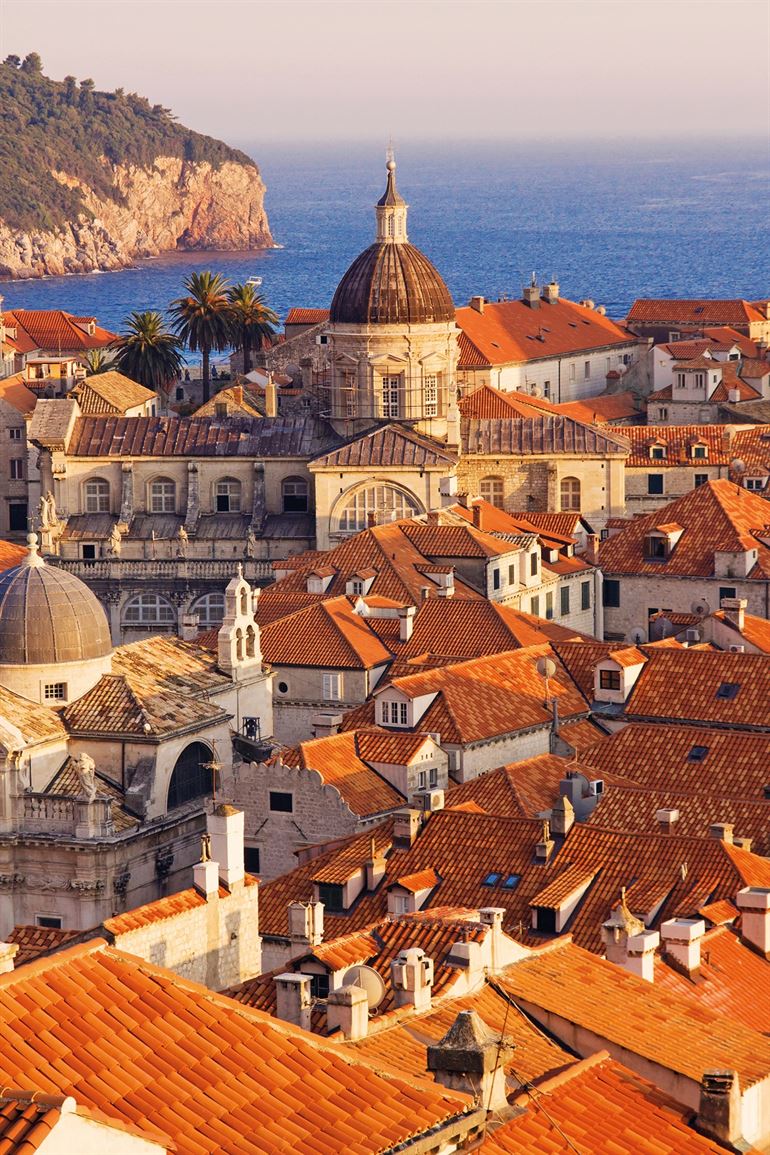 The city boasts of many historic buildings in Renaissance, Gothic and Baroque styles dating back to its times of wealth which resulted from sea trade. The finest Renaissance highlight is the Sponza Palace, which dates back to the 16th century and is currently used to house the National Archives. The Rector's Palace is a Gothic-Renaissance structure that displays finely carved capitals and an ornate staircase, now converted into a museum. The Arboretum Trsteno, the oldest arboretum in the world, predates 1492. In addition to all of these historic structures, the third oldest European pharmacy is located in the city, dating back to 1317. It is also the only running European pharmacy where you can still shop creams and medicines made according to the original recipes of medieval days. The 17th century baroque palace situated in Od Sigurate Street 1, which was previously owned by the Kerša family and is currently the head office of the Dubrovnik Summer Festival, was severely damaged during the shelling of 1991. It had been renovated in the classicist style in the late 18th century and its interiors were adorned by outstanding frescos and plastering.
The city boasts of many historic buildings in Renaissance, Gothic and Baroque styles dating back to its times of wealth which resulted from sea trade. The finest Renaissance highlight is the Sponza Palace, which dates back to the 16th century and is currently used to house the National Archives. The Rector's Palace is a Gothic-Renaissance structure that displays finely carved capitals and an ornate staircase, now converted into a museum. The Arboretum Trsteno, the oldest arboretum in the world, predates 1492. In addition to all of these historic structures, the third oldest European pharmacy is located in the city, dating back to 1317. It is also the only running European pharmacy where you can still shop creams and medicines made according to the original recipes of medieval days. The 17th century baroque palace situated in Od Sigurate Street 1, which was previously owned by the Kerša family and is currently the head office of the Dubrovnik Summer Festival, was severely damaged during the shelling of 1991. It had been renovated in the classicist style in the late 18th century and its interiors were adorned by outstanding frescos and plastering.
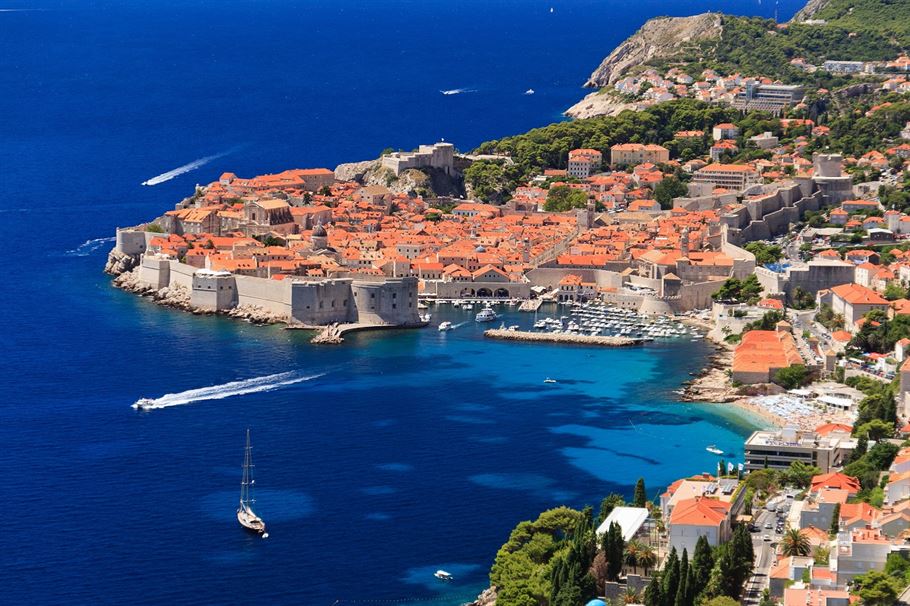 After you have fully enjoyed every corner of the city, its history and art, and you seek a new adventure, I must say that the rocky island across the shore, a sight of complete wilderness, is the perfect place for a tête-à-tête picnic. If you were wondering about where the water taxis you had noticed since setting foot in the city take you, look no further —they will deliver you to the island in just ten minutes. The rocky shores needn’t scare you; ladders are placed for this purpose. Also, on the water taxi ride, you will have the chance to see Dubrovnik’s impenetrable ancient walls and its stunning view from a new perspective. Only then will you probably be able to sympathize with the pirates of ancient times. At this point in the journey, every boat owner will sigh, “I wish I came here with my boat.” Luckily, you can rent a sailboat or a yacht and discover the unspoiled beauties of the Dalmatian shores for yourself. History, culture, art, sea, great landscapes— Dubrovnik has it all. But what about the food you ask? One thing is certain; in Dubrovnik, great food and warm, welcoming people are always awaiting you. All the restaurants have great views and are mostly situated right next to the sea, either under the walls or on top of the walls. You will eat the freshest and tastiest Adriatic seafood here. If you are bored with the seafood, there are also restaurants offering a great menu selected from the delicious Eastern European cuisine.
After you have fully enjoyed every corner of the city, its history and art, and you seek a new adventure, I must say that the rocky island across the shore, a sight of complete wilderness, is the perfect place for a tête-à-tête picnic. If you were wondering about where the water taxis you had noticed since setting foot in the city take you, look no further —they will deliver you to the island in just ten minutes. The rocky shores needn’t scare you; ladders are placed for this purpose. Also, on the water taxi ride, you will have the chance to see Dubrovnik’s impenetrable ancient walls and its stunning view from a new perspective. Only then will you probably be able to sympathize with the pirates of ancient times. At this point in the journey, every boat owner will sigh, “I wish I came here with my boat.” Luckily, you can rent a sailboat or a yacht and discover the unspoiled beauties of the Dalmatian shores for yourself. History, culture, art, sea, great landscapes— Dubrovnik has it all. But what about the food you ask? One thing is certain; in Dubrovnik, great food and warm, welcoming people are always awaiting you. All the restaurants have great views and are mostly situated right next to the sea, either under the walls or on top of the walls. You will eat the freshest and tastiest Adriatic seafood here. If you are bored with the seafood, there are also restaurants offering a great menu selected from the delicious Eastern European cuisine.
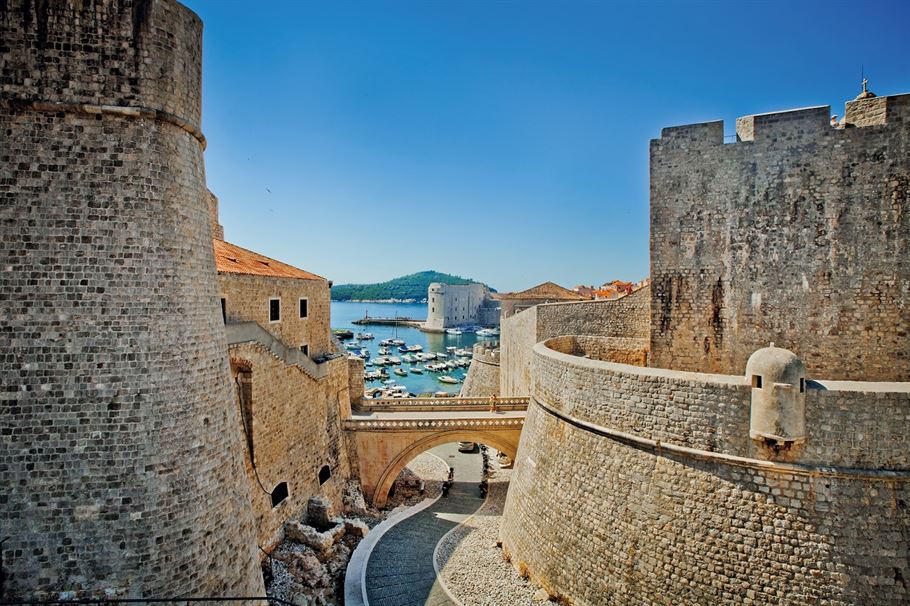 Be it for a romantic holiday, honeymoon or just for exploration… Rixos Libertas Dubrovnik is the most beautiful place for accommodation. It is only fifteen minutes away from the city centre. After all the walking and exploring done in the city -entering the downtown with a car is forbidden- you will need a luxurious oasis for resting and building up energy for the next day’s adventure. The Spa and Wellness Center offers a wide range of relaxation alternatives such as yoga classes, Turkish Bath, massage, sauna, aromabath and much more. The hotel’s concierge will be at your service, whether you desire to rent a boat or go on a picnic.
Be it for a romantic holiday, honeymoon or just for exploration… Rixos Libertas Dubrovnik is the most beautiful place for accommodation. It is only fifteen minutes away from the city centre. After all the walking and exploring done in the city -entering the downtown with a car is forbidden- you will need a luxurious oasis for resting and building up energy for the next day’s adventure. The Spa and Wellness Center offers a wide range of relaxation alternatives such as yoga classes, Turkish Bath, massage, sauna, aromabath and much more. The hotel’s concierge will be at your service, whether you desire to rent a boat or go on a picnic.
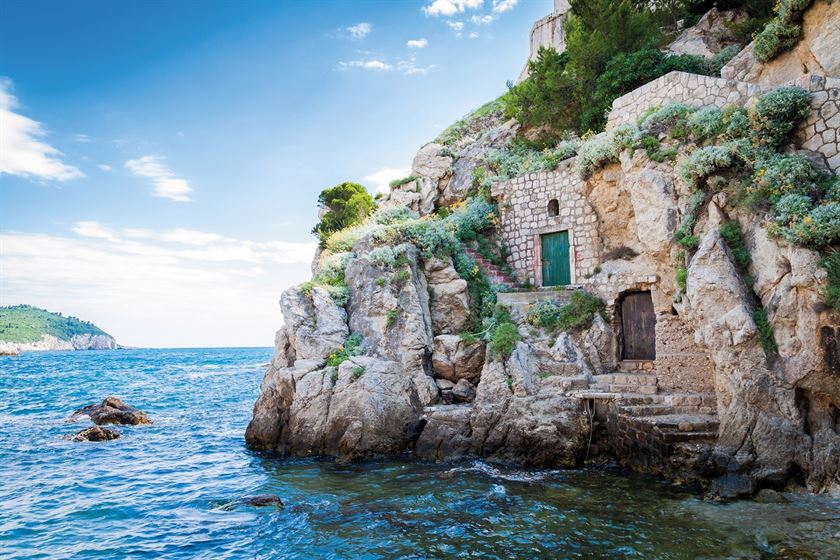 Dubrovnik captivates you with its translucent waters, secluded islands and beautiful structures. No wonder people have battled over this lovely town for centuries. Countless travellers who have come here for a just a quick stop found themselves abandoning their plans in order to stay longer in this enchanted land. With this in mind, prepare your luggage for a very long holiday you surely will not forget!
Dubrovnik captivates you with its translucent waters, secluded islands and beautiful structures. No wonder people have battled over this lovely town for centuries. Countless travellers who have come here for a just a quick stop found themselves abandoning their plans in order to stay longer in this enchanted land. With this in mind, prepare your luggage for a very long holiday you surely will not forget!

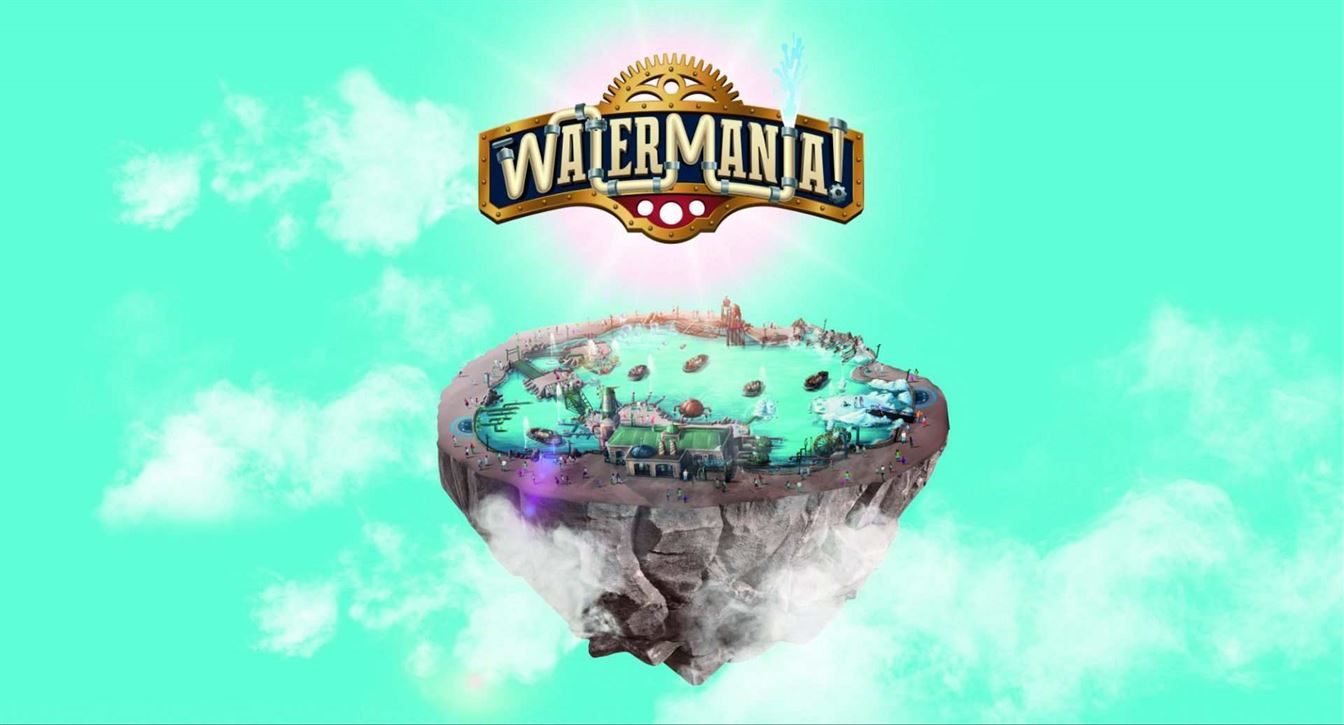

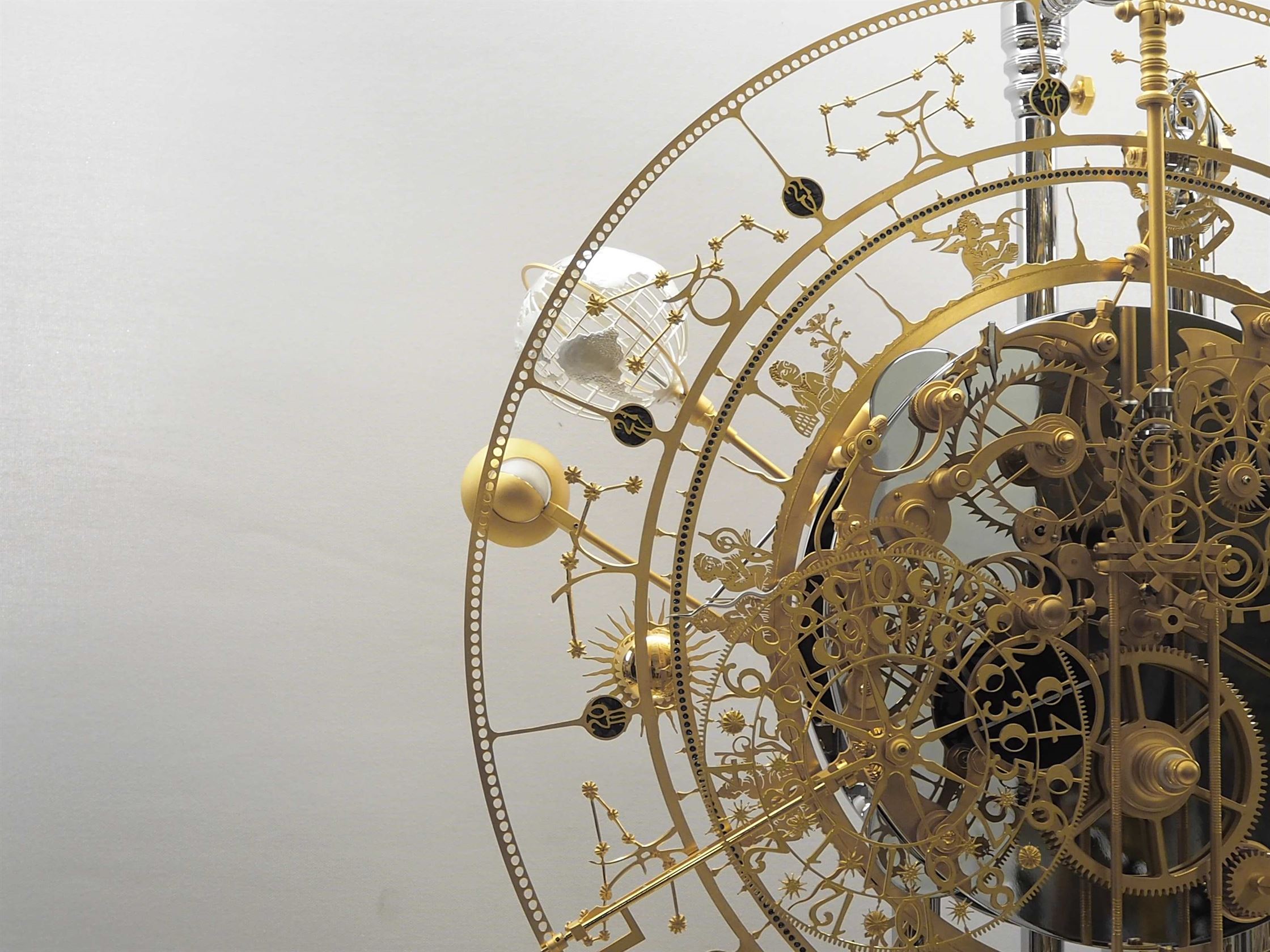
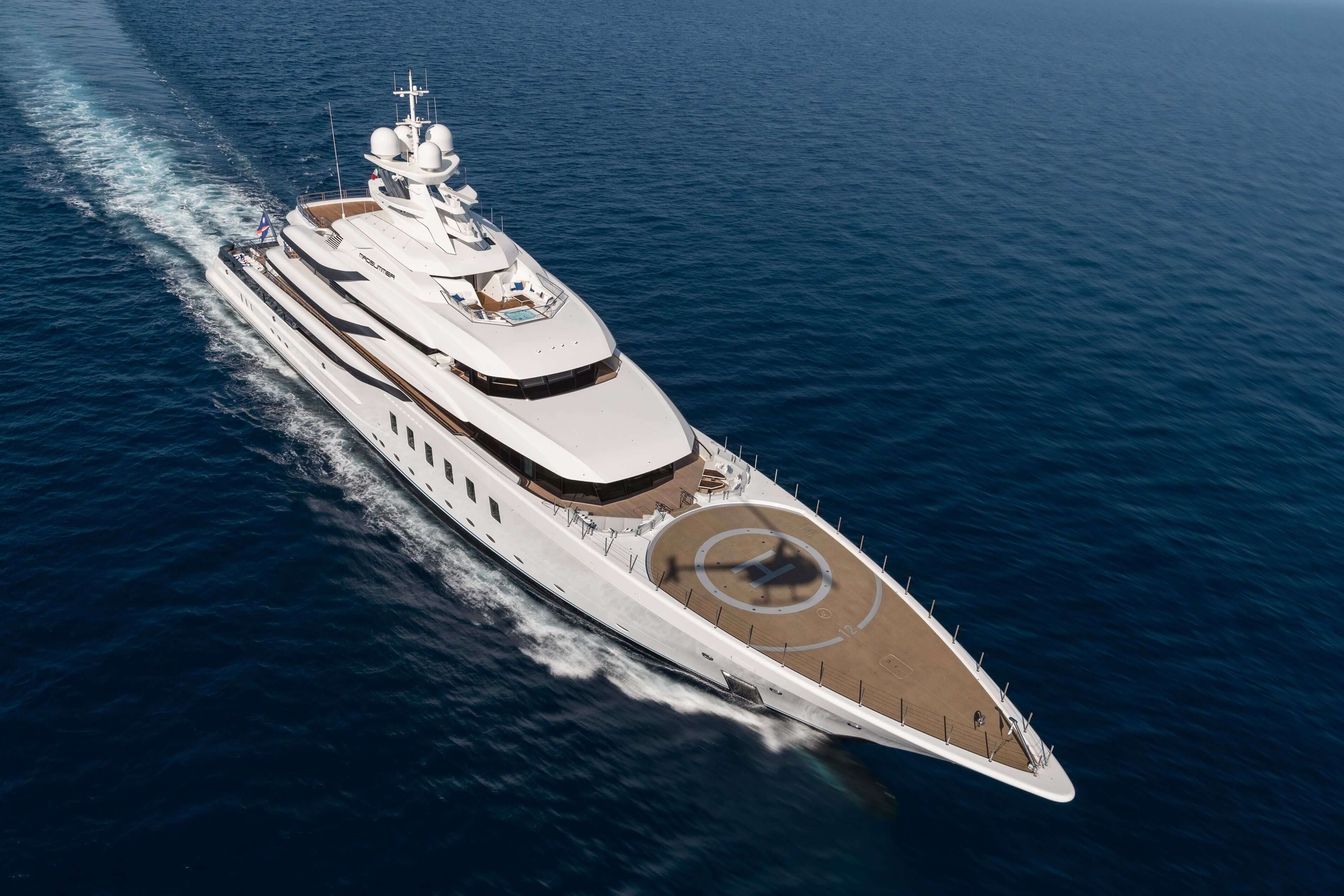
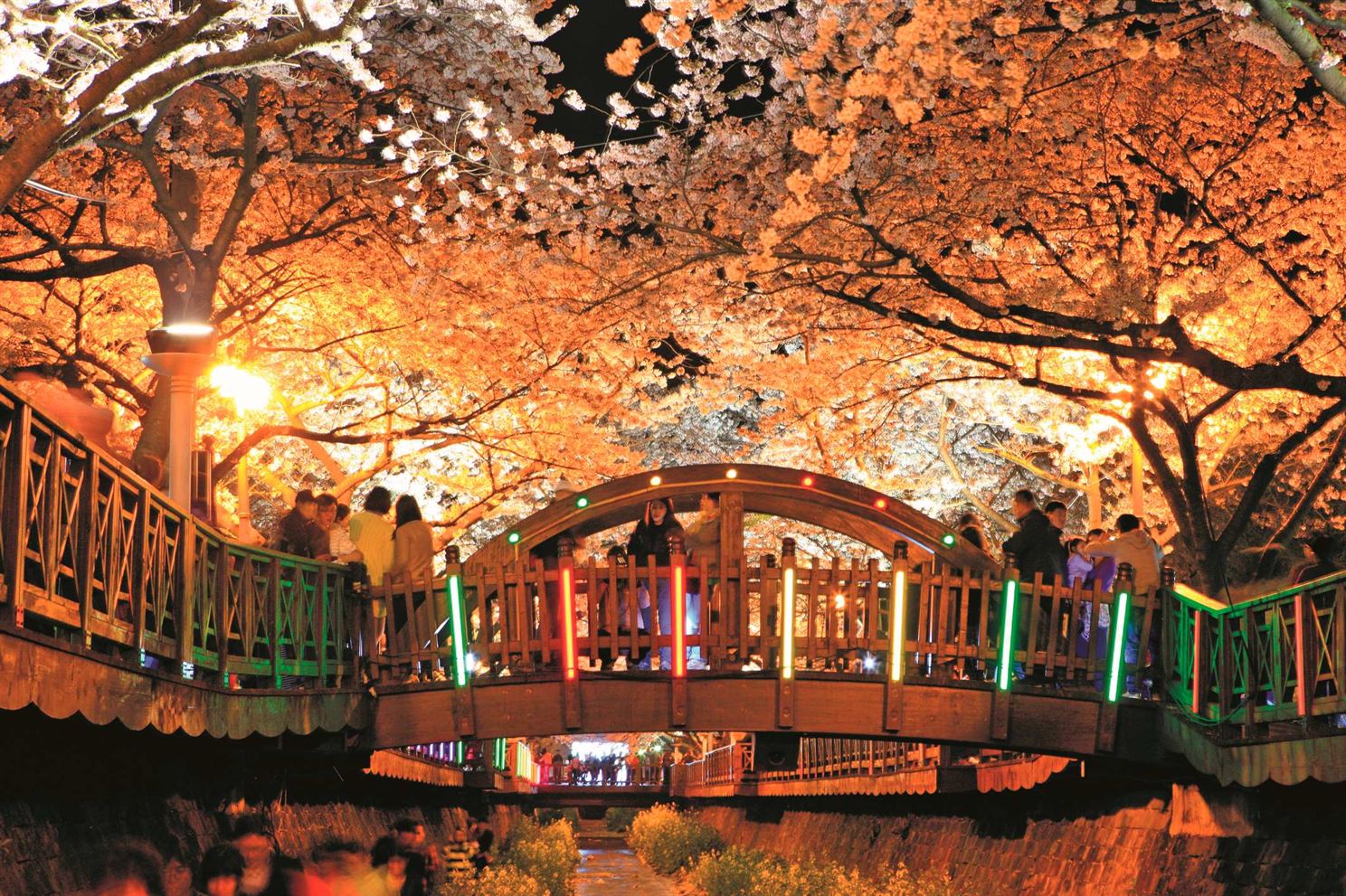

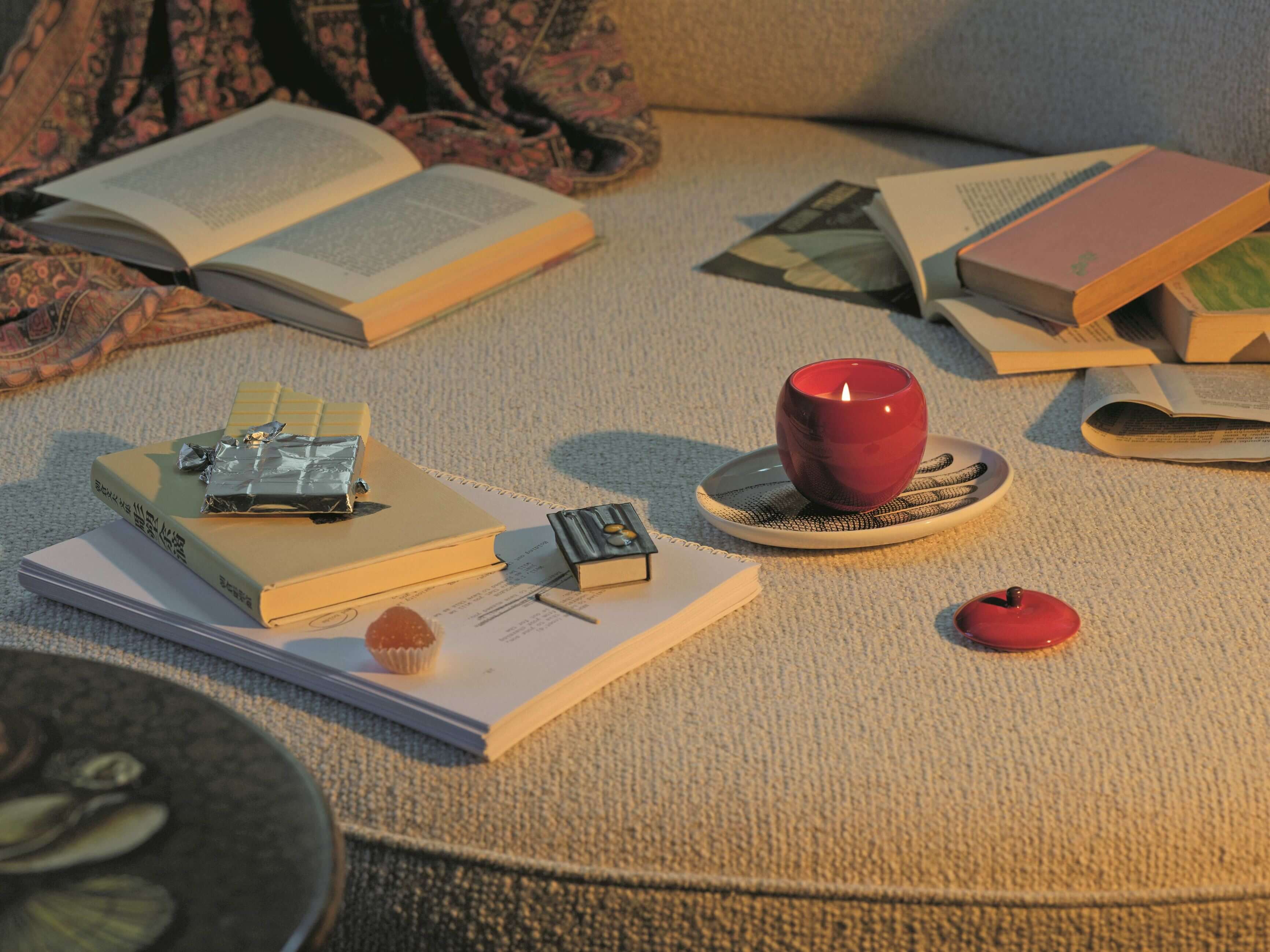
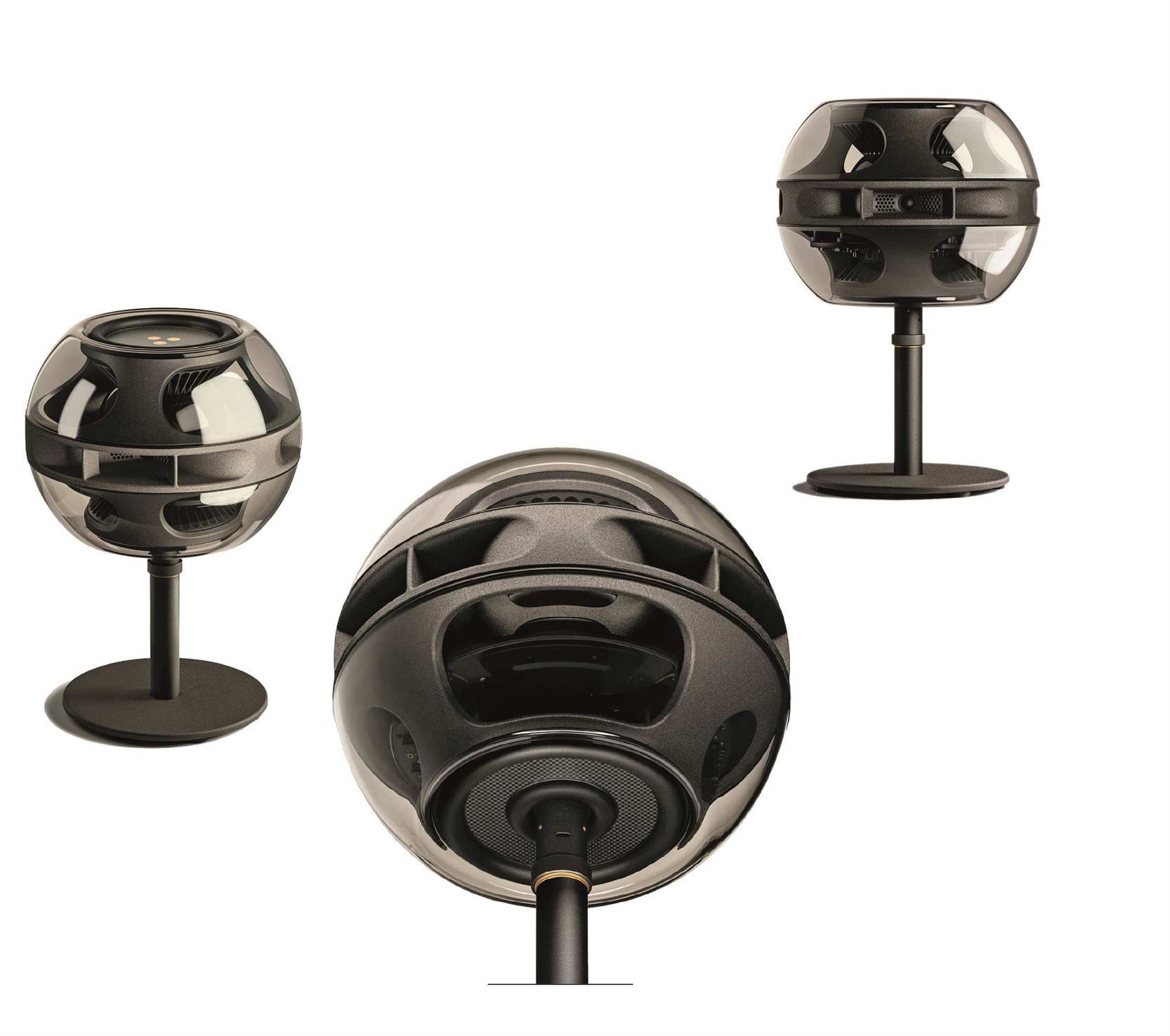
Comments